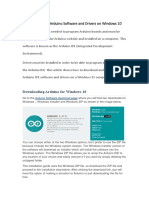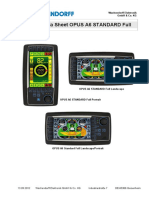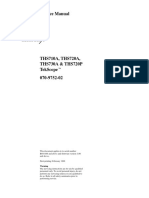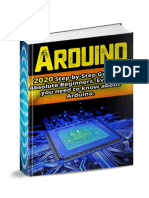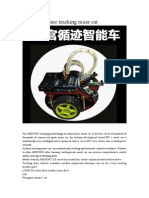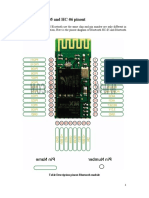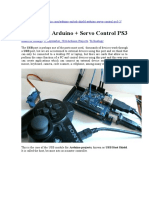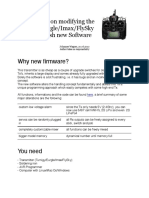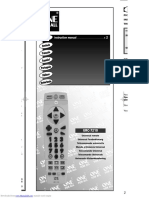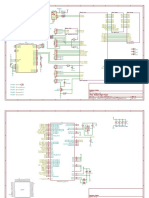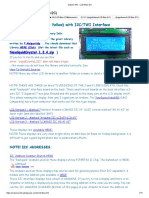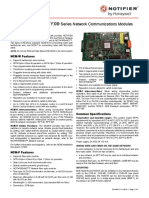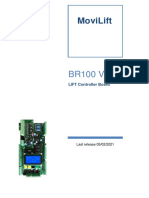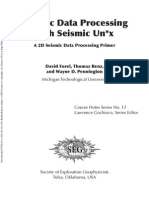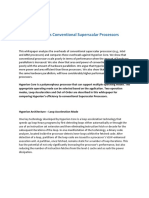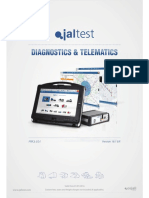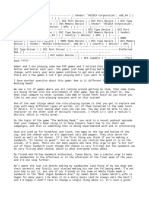0% found this document useful (0 votes)
394 views7 pagesModule I2C Datasheet 2
This document provides information about an I2C/TWI LCD2004 module that is compatible with Arduino and Gadgeteer systems. It uses an I2C interface to connect to a 4x20 character LCD with a blue LED backlight. It can operate on either 5V or 3.3V and includes functions to set the I2C address and contrast. Sample Arduino code is provided to initialize and write text to the display.
Uploaded by
My KiềuCopyright
© © All Rights Reserved
We take content rights seriously. If you suspect this is your content, claim it here.
Available Formats
Download as PDF, TXT or read online on Scribd
0% found this document useful (0 votes)
394 views7 pagesModule I2C Datasheet 2
This document provides information about an I2C/TWI LCD2004 module that is compatible with Arduino and Gadgeteer systems. It uses an I2C interface to connect to a 4x20 character LCD with a blue LED backlight. It can operate on either 5V or 3.3V and includes functions to set the I2C address and contrast. Sample Arduino code is provided to initialize and write text to the display.
Uploaded by
My KiềuCopyright
© © All Rights Reserved
We take content rights seriously. If you suspect this is your content, claim it here.
Available Formats
Download as PDF, TXT or read online on Scribd
/ 7








